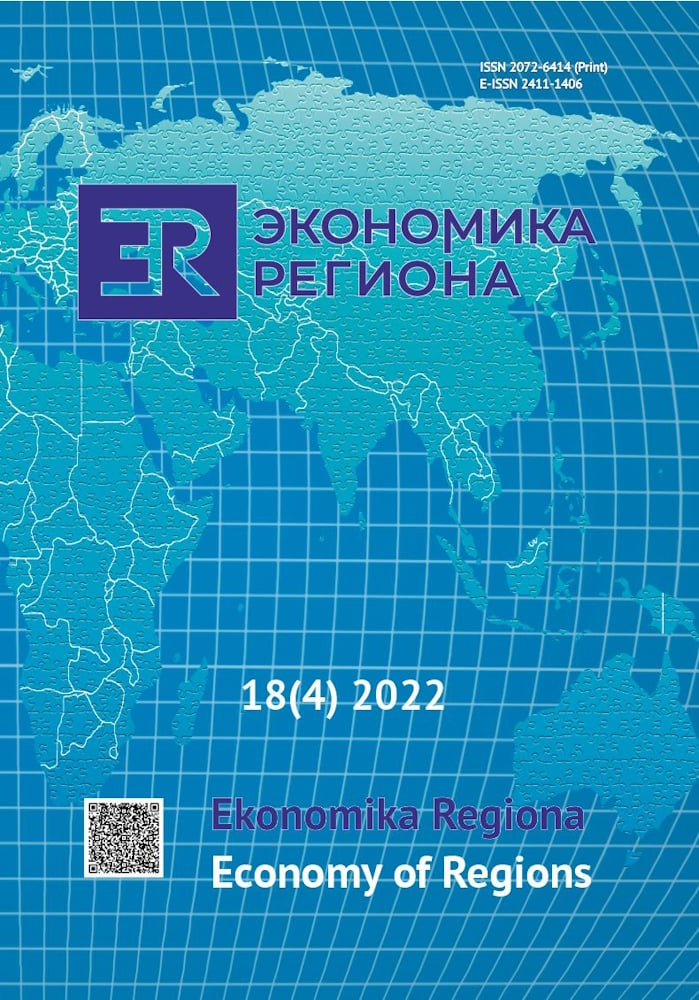Institutional Monopoly of the Higher Education System: National and Regional Level
DOI:
https://doi.org/10.17059/ekon.reg.2022-4-12Keywords:
institutional monopoly, higher education, universities, higher education system, concentration index, Lerner index, Herfindahl-Hirschman index, k-concentration, rental behaviourAbstract
In the context of competition for resources, the higher education is characterised by the monopolisation of the system. The present study addresses the question of the applicability of the term monopolisation to the education system as a socially significant sector. The concept of institutional monopoly is understood as the establishment of control not by a specific university or a group of universities, but by their founder acting in the interests of the state. The article reveals specific features of institutional monopoly. Using the proposed methodological tools, the study examines resource allocation and the manifestation of elements of institutional monopoly in the higher education system. The calculations were conducted for universities subordinate to the Ministry of Education and Science and the Government of the Russian Federation. Thus, two principles of financing the higher education system of the Russian Federation can be distinguished: equalising principle (investing in the public good in order to preserve regional universities and reduce the outflow of youth) and differentiating principle (increasing the qualitative and positional characteristics of the best performing universities). In some areas, the system has signs of oligopoly. For example, 4 universities occupy 43 % of the market in terms of the concentration of talented students, and the calculated Lind index showed that only 3 universities are the main market players. However, with regard to financial resources, the higher education system of the Russian Federation can be described as low-concentrated. Thus, elements of institutional monopoly are present in the Russian higher education system. Simultaneously, there are two types of universities receiving resources: (1) leaders capable of creating and maintaining productive organisations (rent contributes to the formation of positional characteristics of universities); (2) less competitive universities playing an important role in preserving regional human capital by reducing the outflow of youth due to educational migration (rent is an investment in education as a public good).
Downloads
Published
How to Cite
Issue
Section
License
Copyright (c) 2022 Анастасия Судакова

This work is licensed under a Creative Commons Attribution 4.0 International License.




